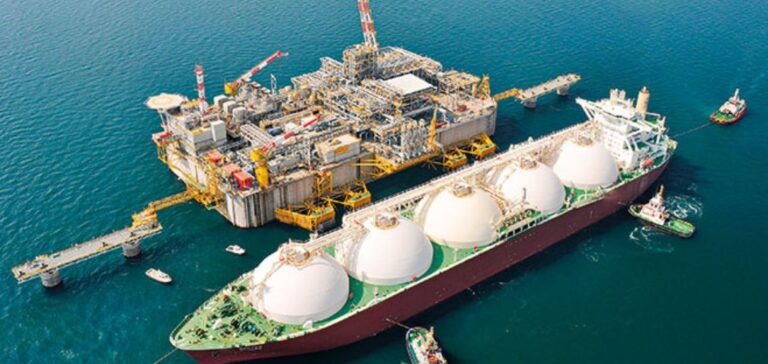Hedge funds are significantly increasing their long positions in the European natural gas market, particularly in the Dutch TTF.
Recent data from the Intercontinental Exchange (ICE) reveal that these financial players now hold almost 22% of total positions, marking a peak not seen since 2021.
This rise in the power of funds is helping to reinforce price volatility, even as market fundamentals remain weak.
Traders in the market are noticing that this dynamic is largely influenced by the reduction in short positions.
Indeed, the hedging of these positions by funds has created upward pressure on prices, despite market conditions that should, in theory, remain bearish.
This phenomenon underlines the influence of speculative strategies on market trends, beyond the simple parameters of supply and demand.
Anticipating 2025: enhanced risk management
Looking ahead to 2025, hedge funds are concentrating their efforts on summer contracts, anticipating a series of risks linked to seasonal volatility and climatic uncertainties.
Delays in liquefied natural gas (LNG) supplies for this period, combined with the possible impact of a La Niña phenomenon, are prompting these funds to maintain long positions.
In addition, the uncertainty surrounding the gas transit agreement between Russia and Ukraine adds a further layer of risk for the months ahead.
This strategy reflects a cautious approach, where funds seek to hedge against scenarios of supply disruptions or extreme market tensions.
Although current market fundamentals remain relatively stable, the scale of the positions taken by the funds reveals an anticipation of much more volatile conditions in the near future.
Increased volatility and price fluctuations
The growing influence of hedge funds is reflected in a modest premium between winter 2024 and summer 2025 contracts, valued at around €1.255/MWh by Platts.
This premium, though limited, indicates an anticipation of potential difficulties in filling gas stocks during the summer months.
Traders note that this situation could worsen in the event of adverse weather conditions or geopolitical disruptions.
Hedge funds’ long positions, despite short-term bearish signals, testify to the persistent uncertainty prevailing in the market.
Operators in the field observe that this strategy is largely motivated by the need to hedge risks, rather than by a belief in immediate price rises.
However, this approach could lead to significant price fluctuations, especially if market conditions deteriorate unexpectedly.






















